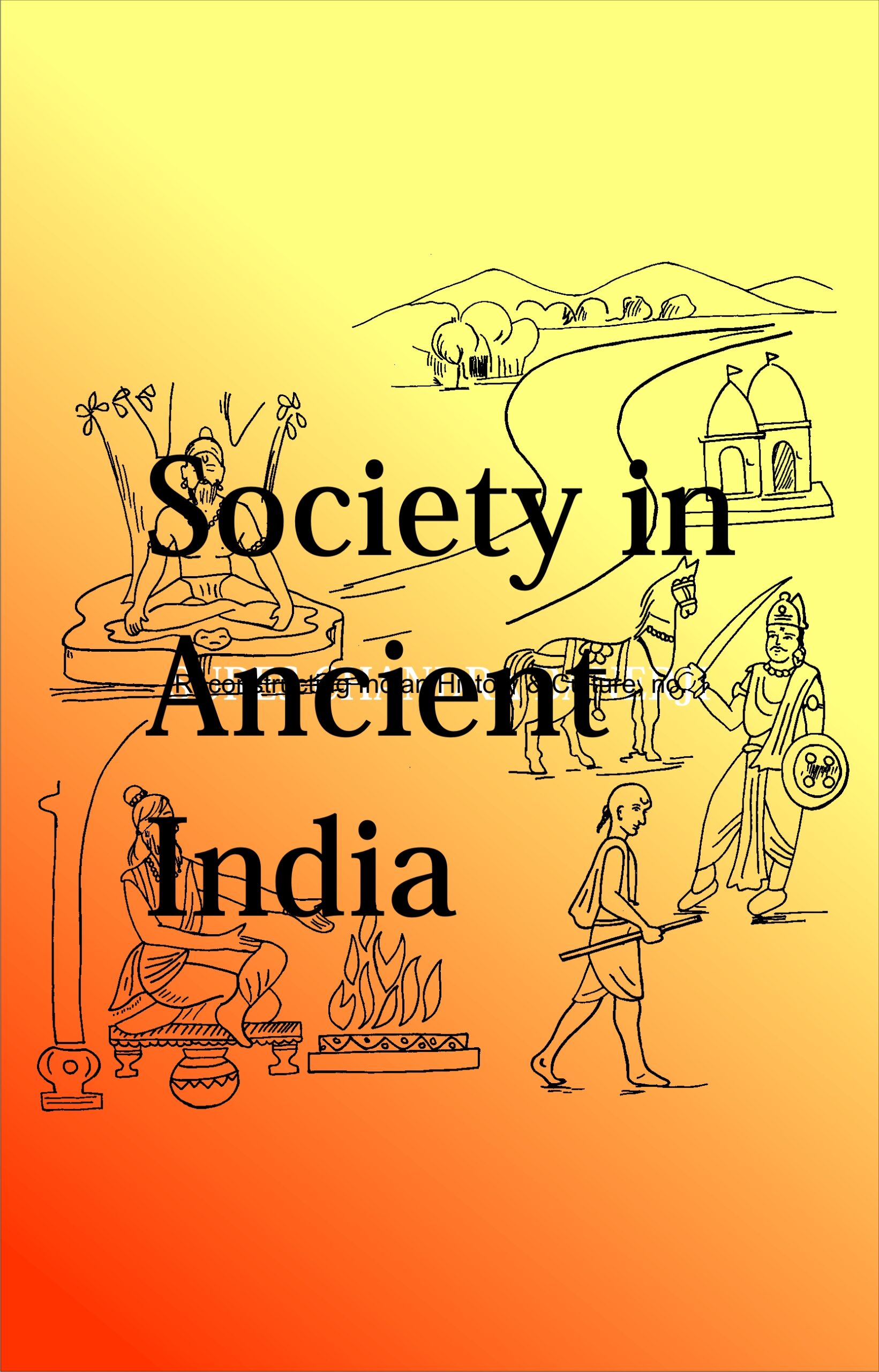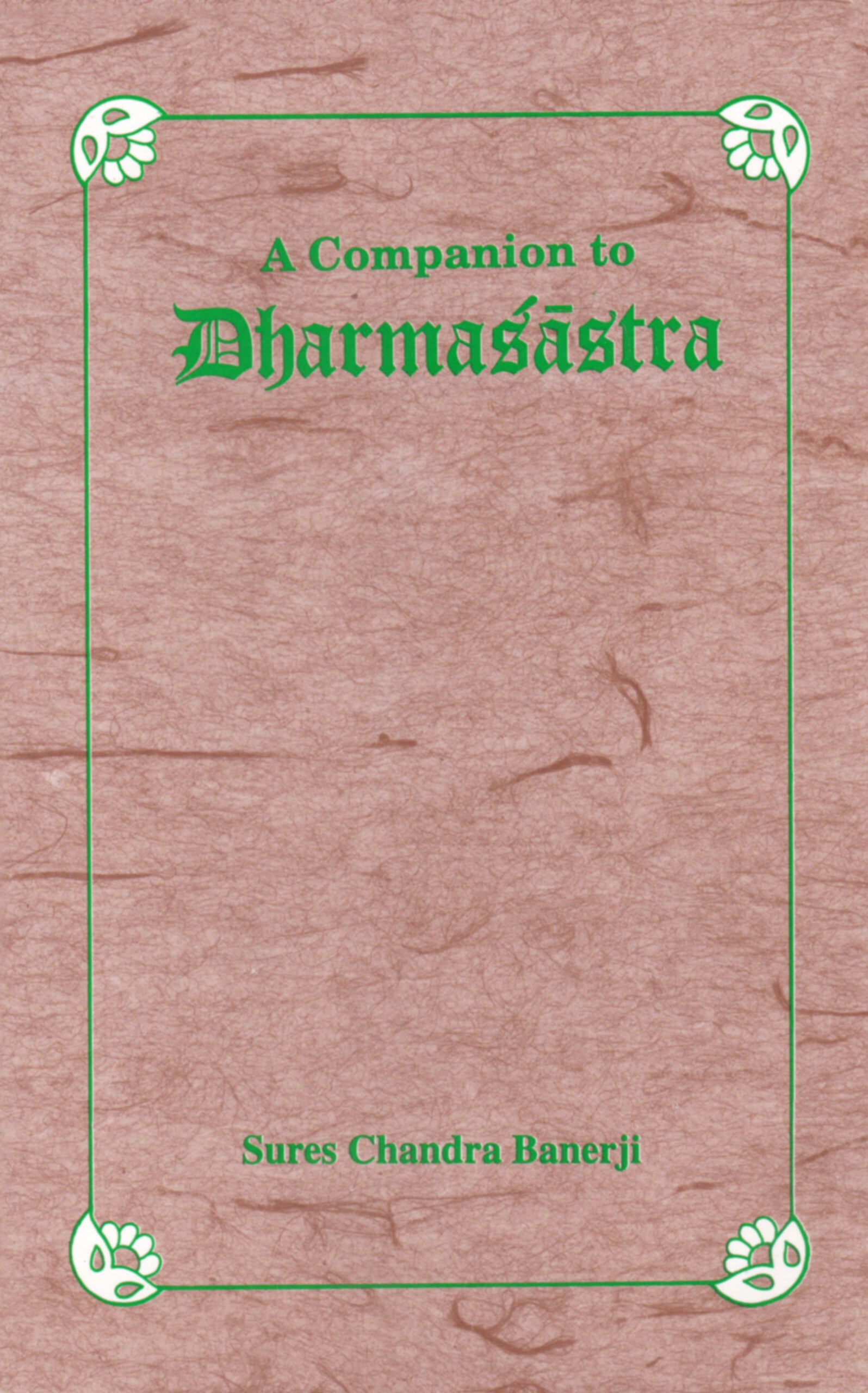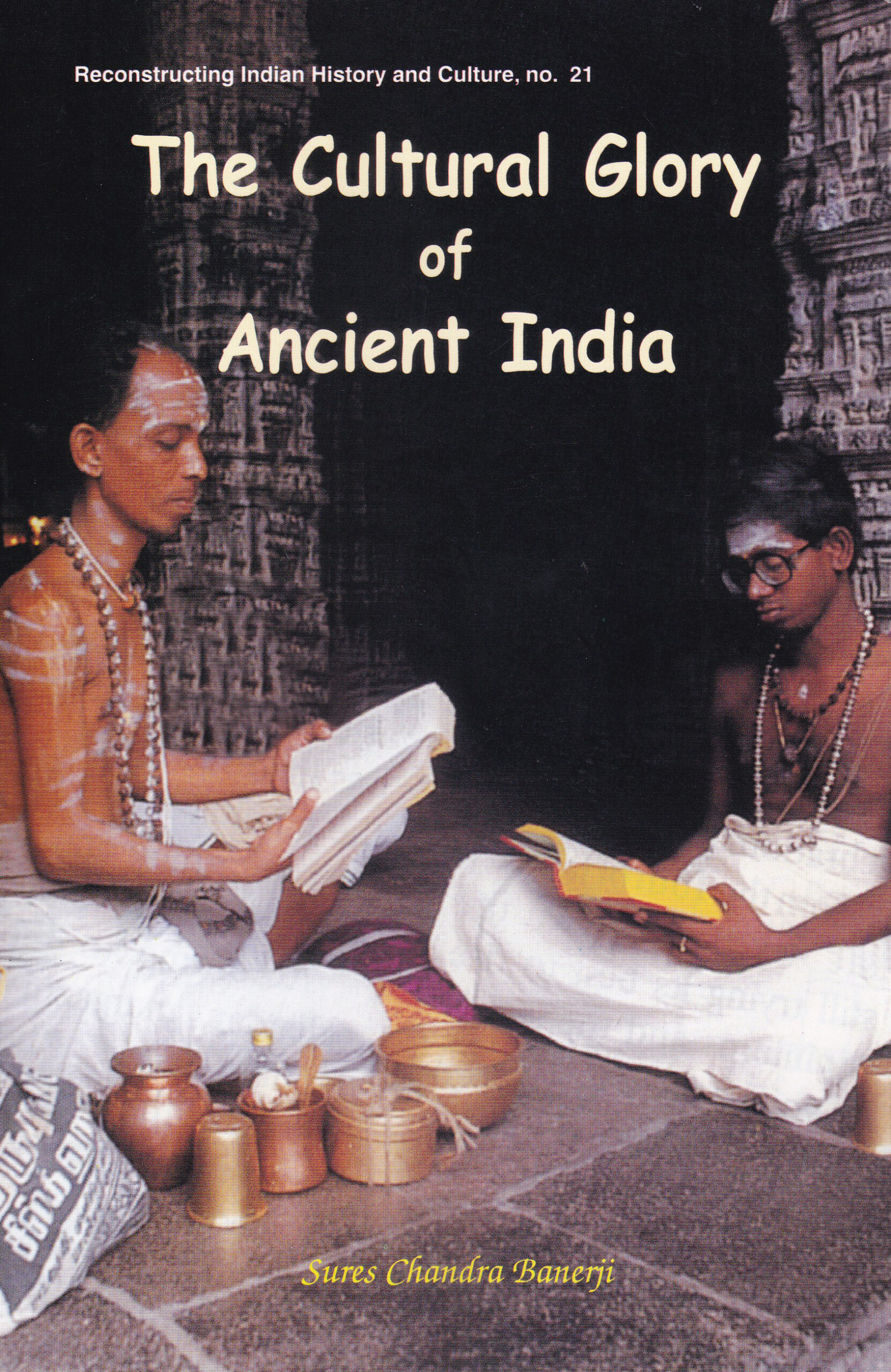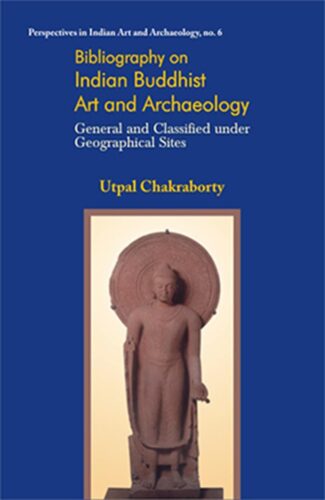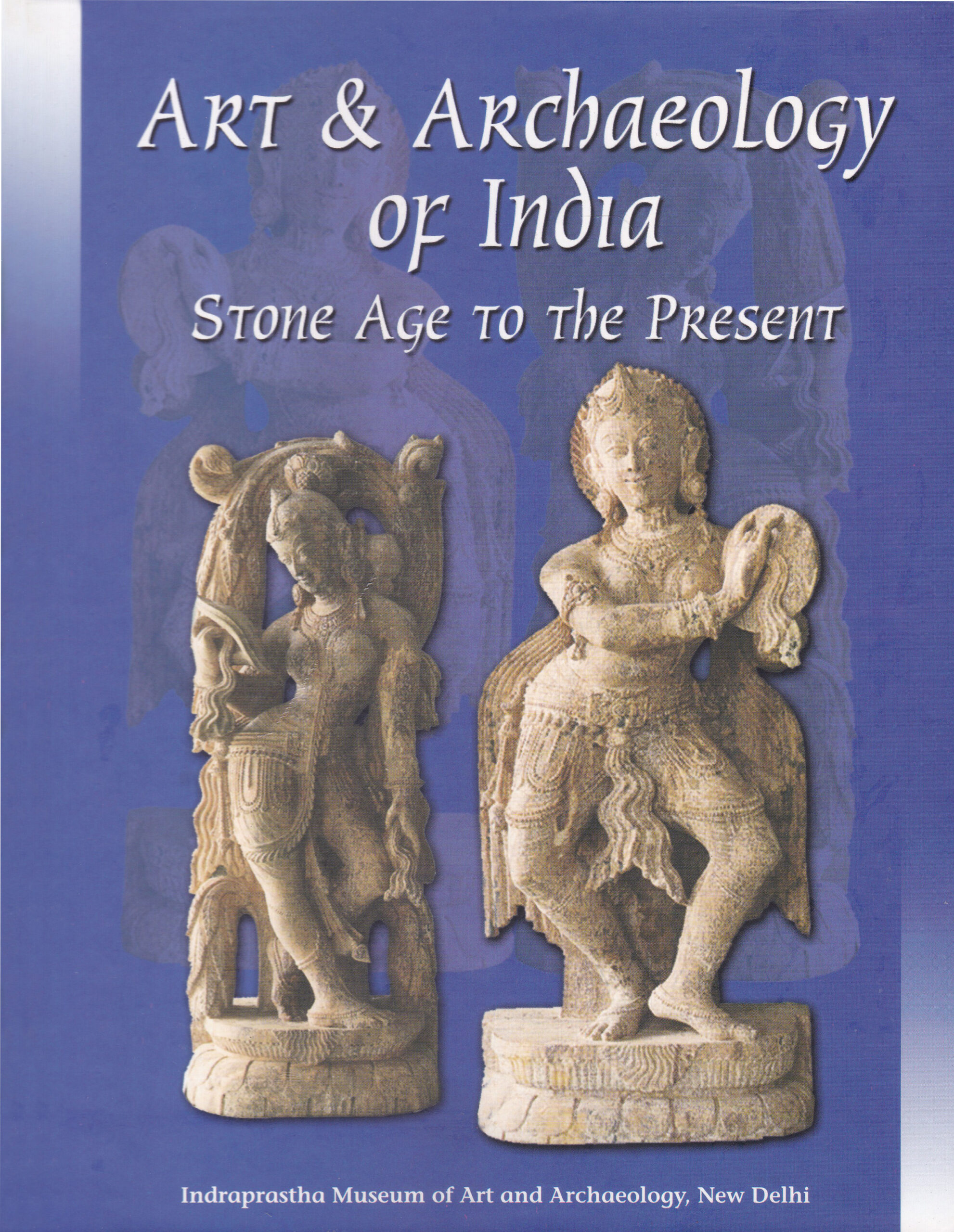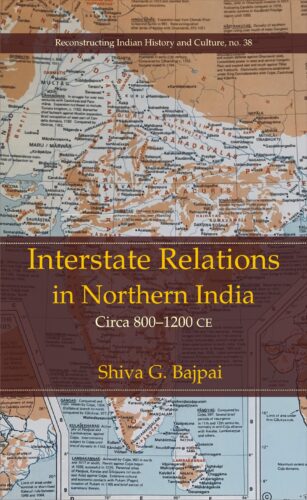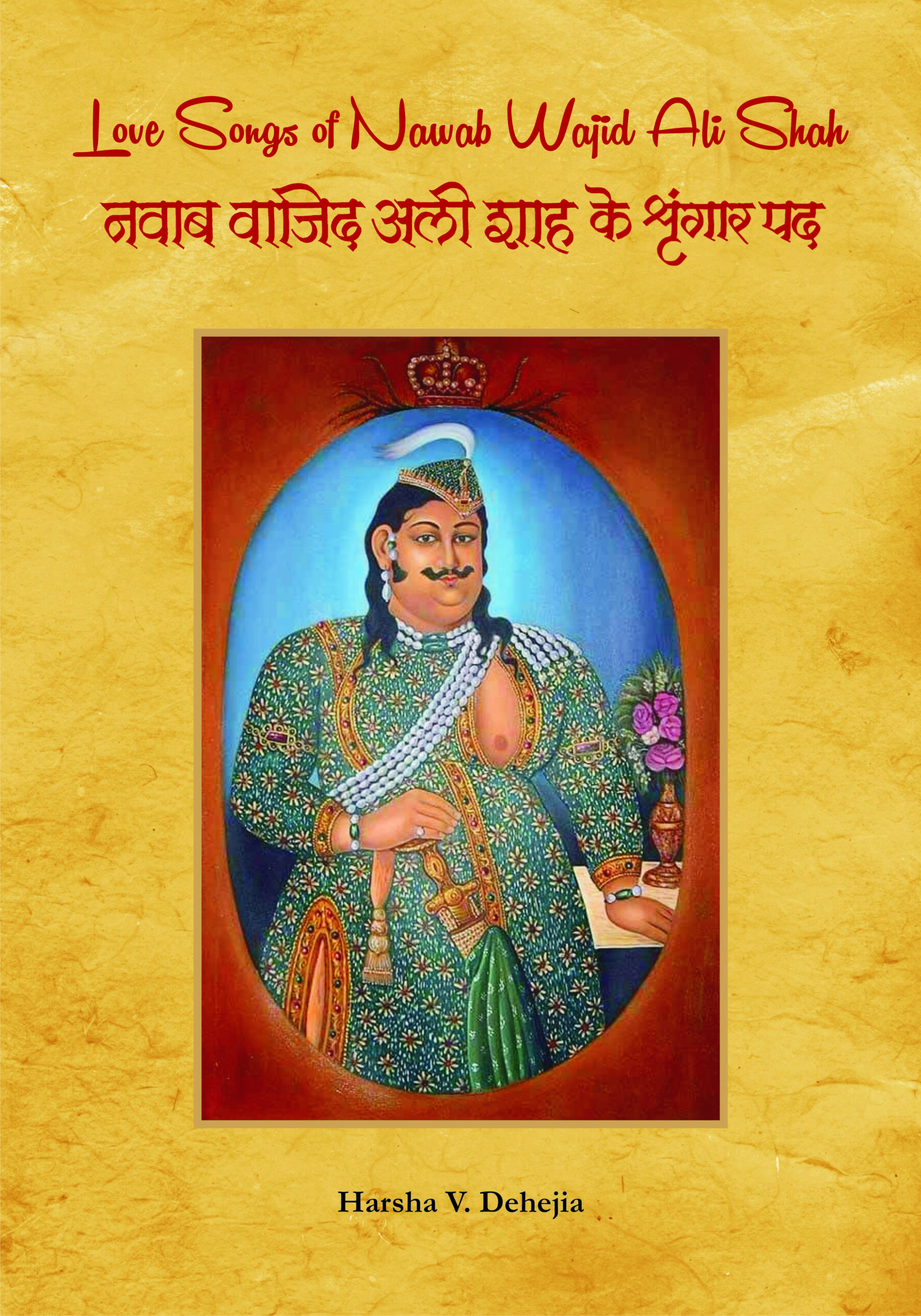

Society in Ancient I...
Society in Ancient India
Evolution since the Vedic Times based on Sanskrit, Pali, Prakrit and Other Classical Sources by: Sures Chandra BanerjiThe book unveils the ancient Indian society in all its variegated evolutionary expressions across 2500 years to explore the sociological orientations of the Vedic Samhitas, Brahmanas, Upanisads and other Sanskrit works besides Buddhist and Jaina works.
Original price was: ₹650.00.₹585.00Current price is: ₹585.00.
ISBN: 9788124600795
Year Of Publication: 2007
Edition: 3rd
Pages : 423
Bibliographic Details : Appendices; Glossary; Index; Bibliography
Language : English
Binding : Hardcover
Publisher: D.K. Printworld Pvt. Ltd.
Size: 23 cm.
Weight: 650
It is a fascinating, meticulously documented study unveiling, for the first time, the ancient Indian society in all its variegated evolutionary expressions across about two-and-a-half millennia: since the Vedic times (c. 1500 BC) with a beautifully well-knit account of its religions and cultic practices; economic paradigms; polity and statecraft; educational set-up; customes, manners, etiquettes; food habits, drinks, dress styles; sports, pastimes, modes of recreations; sex life and sexual morality; casteist hierarchies; attitude towards women; and its crimes, punishments and legal codes. Epitomising a lifetime of Dr. Banerjis research on ancient India, the book vividly captures all different articulations of sociological import from a whole body of traditional writings: both sacred and secular. Again, it turns out to be the first ever study to singly explore the sociological orientations of the Vedic Samhitas, Brahmanas, Upanishads, Kalpasutras, Vyakaranas, Puranas, Smritishastras, Tantric texts, the Ramayana, the Mahabharata, Kautilyas Arthashastra, and many other Sanskrit classics besides Buddhist and Jaina works in Pali, Prakrit and Apabhramsha languages. With highly informative appendices, extensive bibliographic references and a glossary of technical/unfamiliar words, the book holds out enduring appeal to both scholars and discerning readers.
Preface
Abbreviations
1. Introduction
Sanskrit Literature
A General Survey
Middle Indo-Aryan Literature
Poetical Works
Prose and Campu
Drama
Philosophy and Rules of Conduct of the Jainas
Grammar and Lexicon
Jaina Prabandha
Spiritual and Mystic Works
Jaina Didactic Poetry
Bauddha Doha
Lyric
Miscellaneous
Indian Society — Its Antiquity and Characteristics
Indus Valley Civilisation
Vedic Civilisation
Buddhism and Jainism
Atheism
Philosophical Schools
Upanishads
Epic Soiety
Puranic Society
Dharmashastra and Arthashastra
Society Reflected in Clasical Sanskrit Literature
Elements of Indian Population
2. Popular Beliefs and Practices
The Vedic Age
Age of Brahmanas
Kalpasutras
Panini and Patanjali
Age of Popular Epics
Puranic Age
Smritishastra
Tula or Dhata (Balance)
Agni (Fire)
Udaka (Water)
Visha (Poison)
Kosha
Tandula (Rice)
Taptamasha (Heated Gold)
Phala (Ploughshare)
Dharma
Kautiliya Arthashastra
Classical Sanskrit Literature
Malatimadhava
Kathasaritsagara
Middle Indo-Aryan Literature
3. Popular Cults and Creeds
Vedic Age
Age of Brahmanas
Kalpasutras
Panini and Patanjali
The Age of Popular Epics
Puranic Age
Kautiliya Arthashastra
Smritishastra
Classical Sanskrit Literature
Malatimadhaba
Mricchakatika
Kathasaritsagara
Krishna Cult
Middle Indo-Aryan
4. Ideas, Manners and Customs
The Vedic Age
Age of Brahmanas
Kalpasutras
Panini and Patanjali
Age of Popular Epics
Middle Indo-Aryan Literature
5. Food, Drink, Dress and Decoration
The Vedic Age
Age of Brahmanas
Kalpasutras
Panini and Patanjali
Age of the Popular Epics
Puranic Age
Kautilya Arthashastra
Smritishastra
Classical Sanskrit Literature
Middle Indo-Aryan Literature
6. Sports, Pastimes and Entertainments
The Vedic Age
Age of Brahmanas
Kalpasutras
Panini and Patanjali
Age of Popular Epics
Puranic Age
Kautiliya Arthashastra
Classical Sanskrit Literature
Kadambari
Kathasaritsagara
Middle Indo-Aryan Literature
7. Sex-Life and Morality
Vedic Age
Age of Brahmanas
Kalpasutras
Panini And Patanjali
Age of Popular Epics
Puranic Age
Smritishastra
Kautilyas Arthashastra
Erotic Science
Kamasutra of Vatsyayana
Classical Sanskrit Works
Kathasritsagara
Prostitution
Middle Indo-Aryan Literature
8. Position of Shudras and Other Low-Class People
Vedic Age
Age of Brahmanas
Kalpasutras
Panini and Patanjali
Age of Popular Epics
Puranic Age
Smriti Literature
Kautiliya Arthashastra
Classical Sanskrit Literature
Kadambari
Kathasaritsagara
Middle Indo-Aryan Literature
9. Position of Women
Vedic Age
Age of Popular Epics
Smritishastra
Puranic Age
Tantric Works
Middle Indo-Aryan Literature
10. Education
11. Economic Life
Vedic Age
Age of Brahmanas
Kalpasutras
Panini and Patanjali
Age of Popular Epics
Puranic Age
Smritishastra
Kautilya Arthashastra
Sahityadarpana
Classical Sanskrit Literature
Kathasaritsagara
Revenue
Sources of Revenue
Principle of Taxation
Enhancement of Tax, Emergency, Famine
Considerations Before Levying Tax
Labour in Lieu of Tax
Rates of Taxes
Exemptions
Arthashastra and Shukraniti
Classical Sanskrit Literature
Treasure-Trove
Fines
Monopoly
State Trading
Shulka
Labour
Works in Middle Indo-Aryan Languages
Land — Different Classes, Distribution and Ownership
Forests
12. Politics and Statecraft
Origin of Kingship
Cubs on the Kings Powers
Democratic Elements
Ministers
Taxation
Espionage
Inter-State Relations
Political Expedients
Rural Administration
Conventional Morality vs. Expediency
Literary Records
13. Crimes, Vices and Punishments
Vedic Age
Age of Brahmanas
Kalpasutras
Panini and Patanjali
Age of the Epics
Puranic Age
Smritishastra
Arising from Anger
Kautiliya Arthashastra
Classical Sansrit Literature
Kathasaritsagara
Theft
Prison and Prisoner
Police System
Middle Indo-Aryan Literature
14. Legal System
Titles of Law
Procedural Law
General Principles
Adverse Possession
Modes of Acquisition
Witness
Mortgage
Crimes
Punishable Suicide
Permitted Suicide
Post-Mortem Examination
Punishment
Death Penalty
Concession in Punishment
Discriminatory Punishment
Exemptions from Punishment
15. Society as Reflected in Tantra
16. Folk Elements and Social Miscellany
Sanskrit Works
Arts and Crafts
Gambling
Rural Life and Landscapes
Adverse Possession
Slavery
Infanticide
Architecture
Middle Indo Aryan Literature
Appendix I: Chronology of the Principal Works Consulted
Appendix II: Popular Elements in Similes
Appendix III: Folk-Elements in Grammatical Illustrations
Appendix IV: Folk-Elements in the Upanishads
Appendix V: Supplementary List of Folk Cults and Festivals
Glossary: Technical Terms and Unfamiliar Words Used in the Work (In English Alphbetical Order)
Bibliography (Texts and Translations)
Index



